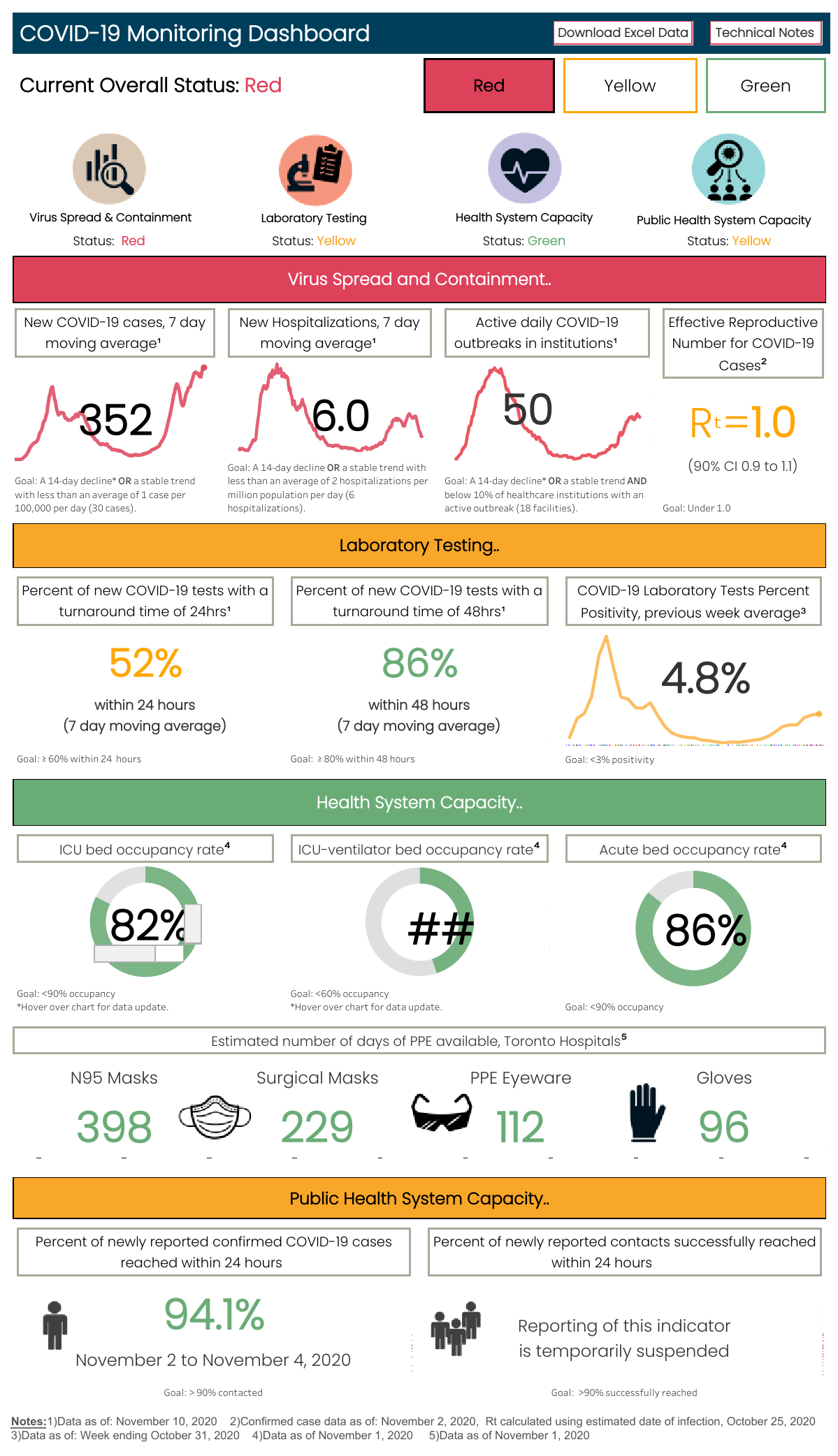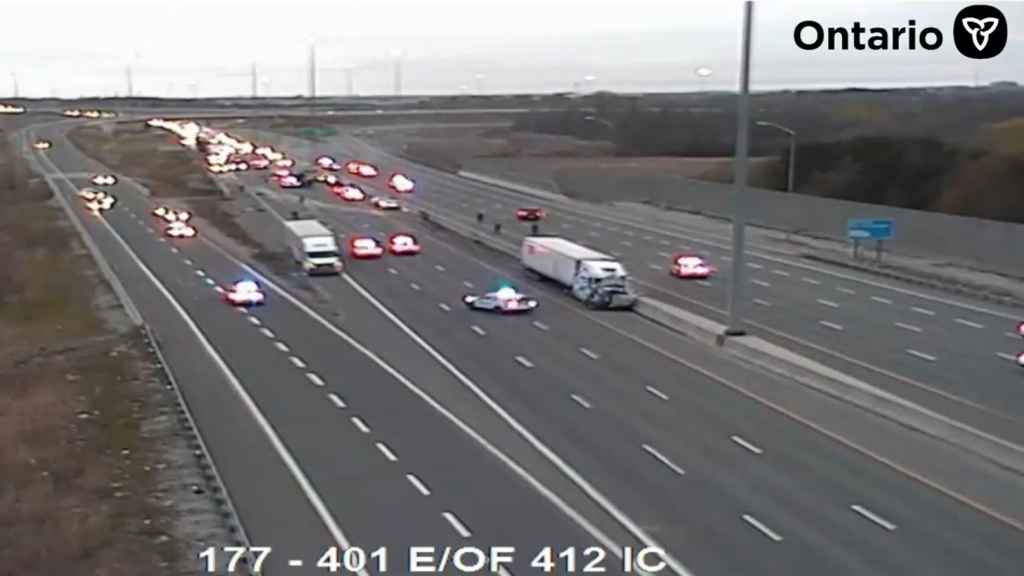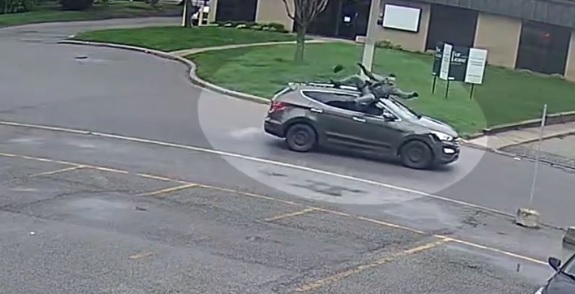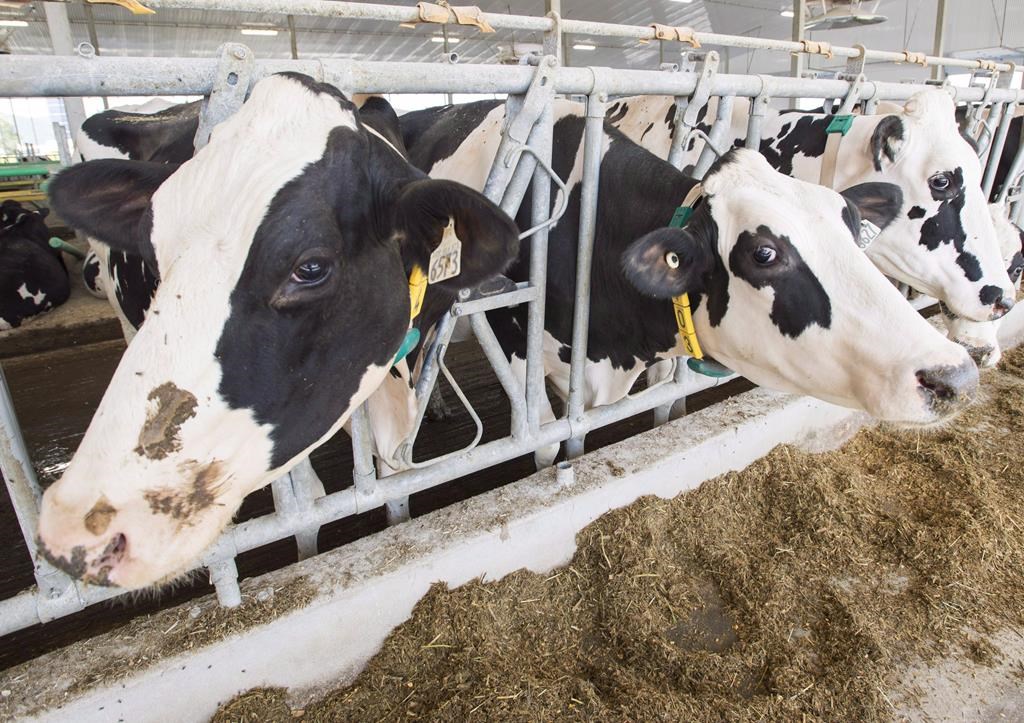Toronto orders strict COVID-19 safety measures, prohibits indoor dining amid surge in positivity rate

Posted November 10, 2020 4:27 pm.
Last Updated November 10, 2020 5:22 pm.
As Toronto deals with a disturbing trend in COVID-19 positivity rate, Mayor John Tory and Toronto’s top doctor, Eileen de Villa, have announced new, stricter safety measures that will prohibit indoor dining and keep certain businesses closed for at least 28 days.
On Tuesday, de Villa confirmed that Toronto’s latest COVID-19 per cent positivity figure is now at 5.9 per cent, saying the spread of COVID-19 has never been greater. She also reported 533 new COVID-19 cases in Toronto.
“The grave risk we face is evident. More action is needed to protect the people of Toronto from the rampant spread of COVID-19,” de Villa said.
“While we’ve seen some progress with the temporary restrictions that were imposed last month, more action is required now to protect the people of Toronto from rampant virus spread. Given the circumstances, as your Medical Officer of Health, I am using my authority to take actions that are necessary given what our city and our residents are facing.”
As of midnight on Friday, de Villa said Toronto will be moved into the “Red” zone of the Ford government’s new framework but will face several restrictions under Section 22 of the Health Protection and Promotion Act.
Indoor dining at bars and restaurants will be prohibited with de Villa making a ‘strong’ recommendation that social gatherings remain limited, urging the public to move forward with only essential meetings, and that working-from-home measures continue.
Meeting and event spaces will also remain closed including casino’s, bingo halls and indoor group fitness and exercise classes.
Certain gyms will be able to reopen under specific health and safety guidelines.
Restrictions per Toronto public health:
- Social gatherings should only be with those you live with and/or one or two essential supports
- Restrict close contacts only to those you live with and your essential supports
- Limit in-person activities outside the home to essential activities only – going to work or school, health care, shopping for your household and health needs, and getting exercise and physical activity
- Businesses and workplaces should implement work from home wherever possible
- Businesses should review their HVAC systems to ensure they are in good working order
- Workplaces should appoint a compliance officer to ensure implementation of occupational health and safety and infection prevention and control measures
- Indoor dining will remain closed
- Indoor fitness classes are not permitted
- Meeting and event spaces will remain closed
- In malls, patrons should not be permitted to consume food or drink while walking through malls
- Casinos, bingo halls and other gaming establishments will remain closed
“I recognize that these actions will have economic impacts and I am truly sorry for this. I really am,” Toronto’s top doctor said.
“In my professional opinion the greatest harm would be to allow COVID-19 to continue to spread at this rate. It is logical to assume that it will only get worse and to believe that if we effectively reduce the spread the economy will benefit in the long run. If action is not taken we can expect to see even more cases of COVID-19 which means more illness and more deaths,” de Villa added.
Toronto was slated to relax certain COVID-19 restrictions this weekend, on Nov. 14, that would have seen the City potentially return to indoor dining.

Mayor Tory said on Tuesday that the recent surge in COVID-19 cases across the City has raised alarm bells, with the mayor admitting the time to act was now.
“Our focus remains on saving lives and keeping our healthcare system from being overwhelmed,” the mayor said.
Tory also compared Toronto’s coronavirus trajectory to the numbers being reported in France and Italy with cases mounting significantly in recent weeks.
RELATED: As Toronto reports over 500 COVID-19 cases, de Villa cautions against virus being normalized
Meantime, Ontario’s premier defended the government’s new, coloured-tiered system, saying that daily COVID-19 cases confuses the general public and that the system allows the public to better understand which regions have restrictions put in place, and why.
On Tuesday, Doug Ford said Ontario’s new approach provides more clarity but did admit that local health officials are free to add more COVID-19 restrictions if their specific jurisdictions calls for it.
“I believe it is a strong, strong framework. It gives communities, cities, towns guidance of where they’re at and if you’re in the red or the orange and so forth,” the premier said.
“It gives them a lot of guidance and certainty, as well. It provides a good baseline and it’s all about early intervention. If we see an issue, we jump in there, making sure we have better contact tracing and better hospital capacity within that region… that’s what we’re focusing on right now.”










